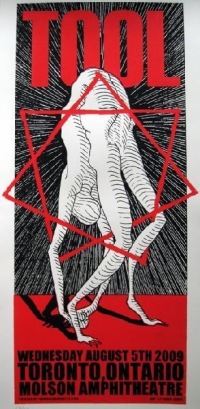
Отличия между Монгольской империей и Золотой Ордой. БЕЗ СПАМА!!
 0
0
 0
0
Ответы на вопрос
 Внимание! Ответы на вопросы дают живые люди. Они могут содержать ошибочную информацию, заблуждения, а также ответы могут быть сгенерированы нейросетями. Будьте внимательны. Если вы уверены, что ответ неверный, нажмите кнопку "Пожаловаться" под ответом.
Внимание! Ответы на вопросы дают живые люди. Они могут содержать ошибочную информацию, заблуждения, а также ответы могут быть сгенерированы нейросетями. Будьте внимательны. Если вы уверены, что ответ неверный, нажмите кнопку "Пожаловаться" под ответом.

Ответ:
Столица: Монгольская империя Каракорум, Золотая Орда - Сарай - Бату \ Сарай - Берке. Официальный язык: монгольский в Империи, кипчакский в Золотой Орде.
Территории: Монгольская империя, Китай, Средняя Азия, Иран, Корея, Россия, Урал и Поволжье. Золотая Орда - Поволжье, Казахстан, Урал, Кавказ, Сибирь, Черное море.
 0
0
 0
0

Differences between the Mongol Empire and the Golden Horde
The Mongol Empire and the Golden Horde were two distinct entities in history. Here are the key differences between them:
1. Origins and Founders: - The Mongol Empire was founded by Genghis Khan in the early 13th century. It was one of the largest land empires in history, stretching from Eastern Europe to Asia. - The Golden Horde, also known as the Kipchak Khanate, was a Mongol state that emerged after the fragmentation of the Mongol Empire. It was founded by Batu Khan, a grandson of Genghis Khan, in the mid-13th century.
2. Geographic Extent: - The Mongol Empire encompassed a vast territory, including present-day Mongolia, China, Central Asia, the Middle East, and parts of Eastern Europe. - The Golden Horde was primarily located in the western part of the Mongol Empire, covering areas such as present-day Russia, Ukraine, and Kazakhstan.
3. Political Structure: - The Mongol Empire was a centralized empire with a hierarchical structure. Genghis Khan and his successors held absolute power and governed through a system of appointed officials. - The Golden Horde, on the other hand, had a more decentralized political structure. It was divided into several regional khanates, each ruled by a separate khan who owed nominal allegiance to the Great Khan of the Mongol Empire.
4. Cultural Influence: - The Mongol Empire had a significant impact on the regions it conquered. It facilitated trade and cultural exchange along the Silk Road, promoted religious tolerance, and fostered the spread of ideas and technologies. - The Golden Horde, while maintaining some Mongol traditions, also assimilated local cultures and adopted elements of the Turkic and Slavic cultures of the region. It played a role in the spread of Islam in the territories it controlled.
5. Legacy: - The Mongol Empire left a lasting legacy in terms of its military tactics, administrative systems, and cultural exchange. It had a profound impact on the history and development of the regions it conquered. - The Golden Horde, although it lasted for several centuries, eventually disintegrated and was absorbed by other powers. However, it played a significant role in shaping the history and culture of Eastern Europe.
Please note that the information provided above is based on search results and historical knowledge. For more in-depth information, it is recommended to consult additional sources.
 0
0
 0
0
Похожие вопросы
Топ вопросов за вчера в категории История
Последние заданные вопросы в категории История
-
Математика
-
Литература
-
Алгебра
-
Русский язык
-
Геометрия
-
Английский язык
-
Химия
-
Физика
-
Биология
-
Другие предметы
-
История
-
Обществознание
-
Окружающий мир
-
География
-
Українська мова
-
Информатика
-
Українська література
-
Қазақ тiлi
-
Экономика
-
Музыка
-
Право
-
Беларуская мова
-
Французский язык
-
Немецкий язык
-
МХК
-
ОБЖ
-
Психология
-
Физкультура и спорт
-
Астрономия
-
Кыргыз тили
-
Оʻzbek tili



























